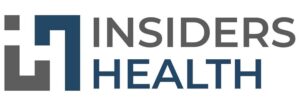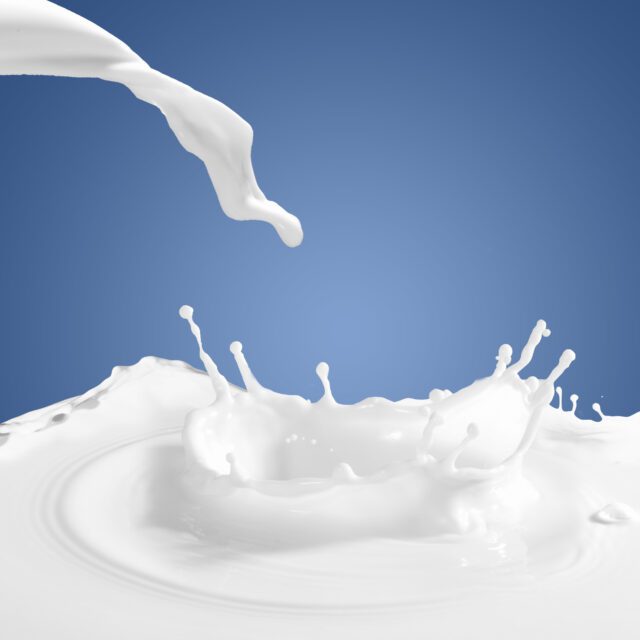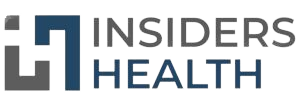The Raw Milk Movement: How It’s Threatening the Dairy Industry’s Profits
In a recent article, we discussed how certain members of the Dairy Industry are pushing for unlabeled ingredients, such as aspartame and sucralose, to be allowed in almost 20 varieties of milk and other dairy products. “Unlabeled,” aka: “without your knowledge.”
It’s disturbing to think that the FDA would allow the Dairy Industry to bend its arm enough to allow this to happen… To grant them (unbeknownst to you and without your permission) to introduce harmful ingredients into your body and the bodies of your family members.
On the other hand, there are initiatives out there to halt the sale of “raw milk;” spearheaded by the Dairy Industry as well. So, they are fine allowing you to put bad things into your system, but when you try to reap the benefits of raw milk – the way nature intended milk to be – they aren’t having it in the least.
So, what’s more important? Your health or their profits? I think the answer is clear.
What is Raw Milk?
There are many elements that make up a definition of raw milk, or “real” milk. For one, it is not pasteurized. As you know, the modern form of pasteurization was developed by French chemist Louis Pasteur in the late 1870s. It was instituted as a standard practice in the United States by the 1920s in order to combat diseases like TB and to help improve infant mortality rate – and to overcome the threats of poor animal nutrition and unsanitary milk production practices.
But times have changed. We now have much safer ways to transfer and store milk from the cow’s udder to your table. Not only that, but pasteurizing milk actually can do more damage than “keeping it real.” The Campaign for Real Milk project states that pasteurization “destroys enzymes, diminishes vitamin content, denatures fragile milk proteins, destroys vitamins C, B12 and B6, kills beneficial bacteria, promotes pathogens and is associated with allergies, increased tooth decay, colic in infants, growth problems in children, osteoporosis, arthritis, heart disease and cancer.”
Quite a laundry list of negated benefits, don’t you agree?
Additionally, raw milk is not homogenized. Homogenization breaks down the butterfat globules in milk so they do not rise to the top (the homogenization process has also been linked to heart disease). Raw milk contains higher levels of butterfat, which is rich in vitamins A and D, as well as fatty acids which protect against disease and stimulate the immune system, and conjugated linoleic acid (CLA), which has strong anti-cancer properties. Unlike processed milk, raw milk and raw milk products are void of additives, chemical colorings, bio-engineered enzymes and vegetable oils.
What are the Benefits of Raw Milk?
As stated above, raw milk contains certain vitamins, fatty acids, and other nutritional elements which make it beneficial to human health. Studies have suggested that drinking raw milk during childhood may protect against asthma, allergies and other immune-related diseases.
Also, many people who experience digestive distress or allergies when drinking pasteurized milk have no problems whatsoever when drinking raw milk.
In a non-health aspect, buying raw milk from local farmers and producers helps bolster your community’s economy. Additionally, the environmental impact of buying from small family farms is far less than that of large dairy operations. And finally, from an ethics standpoint, small dairy farms are much kinder to their animals than the existence cattle experience on a large “factory” farm.
The Opposition
The two large players in the Dairy Industry, the International Dairy Foods Association (IDFA) and the National Milk Producers Federation (NMPF), vehemently oppose the sale of raw milk – or at the very least the unregulated sale of raw milk. They claim raw milk and raw milk products “pose a significant food safety hazard.” In one letter to Debbie Stabenow, Chairwoman of the Senate Committee on Agriculture, Nutrition and Forestry, the IDFA and the NMPF made this bold statement: “Pasteurization is one of the greatest public health tools. To compromise or reduce its use…is not just bad politics – it’s a huge, inhumane step backwards, and one that will cause sickness and death.”
Well, if your back was up against a wall – and you are an enormous industry threatened with losing profits (especially with the advent and growing popularity of alternatives such as soy milk, almond milk, etc.) – I can see why “death” sounds like a good way to convince the government to save your neck.
The IDFA and NMPF go on to say that raw milk is “inherently dangerous,” and that “legalizing the interstate sale of raw milk in the United States increases the risk to public health, opening up the nation’s consumers to the inevitable consequence of falling victim to a foodborne illness.”
Really? I Drank Raw Milk and Turned Out Fine. OK, I don’t often share my personal stories or history in regards to the subject matter, but I need to step in here. I grew up on a dairy farm. For my entire childhood and early adulthood, I drank raw milk. It had gone from the cow’s udder, through the milking machine into the pipeline and landed in the milk tank where it cooled. From there my parents filled a pitcher that went straight to our refrigerator. Neither my two sisters and I, nor my parents, were ever sickened by the milk we drank – in all the years we drank it.
When the Dairy Industry and veterinarians suggested that this protocol was “unsafe,” my parents started buying gallons of milk from the grocery store – something that seemed foreign and unheard of in our household. A gallon at $4-plus certainly puts more of a dent in a family’s finances than being able to tap the milk tank for basically free.
Not to mention that the Industry is just fine slipping brain-altering aspartame into your milk products, without your knowledge. Death you say? I feel like this is a circumstance of the pot calling the kettle black.
Of course, it all comes down to you. YOU must make the decision that is best for you and your family. Remember, many small dairy farms invest thousands of dollars to make sure the milk they sell is clean and safe. Back when my parents were still milking, they spent nearly $5,000 on a used milk tank. A new one, in that day, would have cost $15,000 or more. Add inflation, and you can about bet a small family farm has to come up with a cool $20K just for the tank itself, plus all the other components that go along with a dairy operation. Additionally, in order for those families to sell to large milk companies, the milk is tested for occurrence of bacteria and other foreign bodies such as antibiotics each and every time the milk truck driver picks it up.
I’m not saying that you should go out and blindly purchase raw milk. There are certainly risks if the milk is not handled properly. But, if you inspect your local family dairy and find it is safe and forthcoming with its practices, you might want to consider taking that route… rather than padding the pockets of Industry corporations who have only their bottom line at heart.









